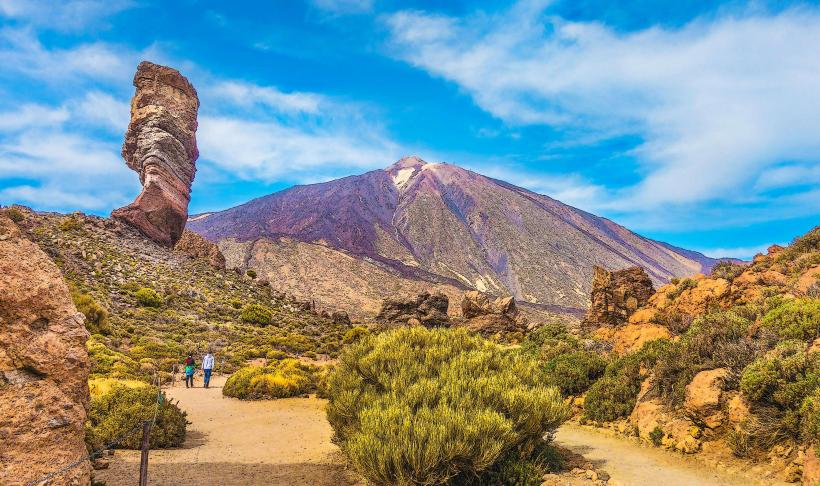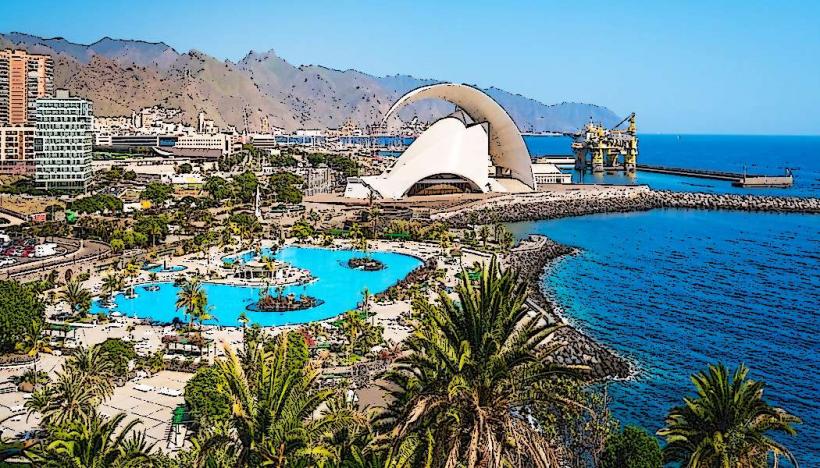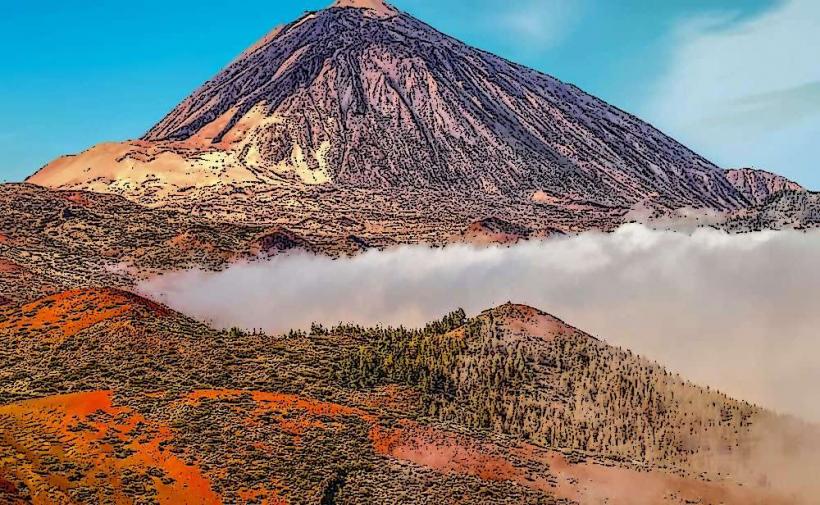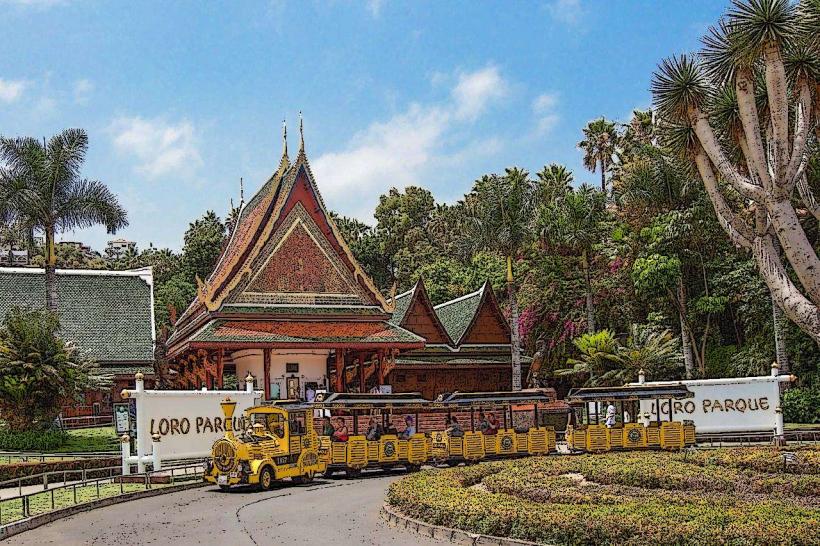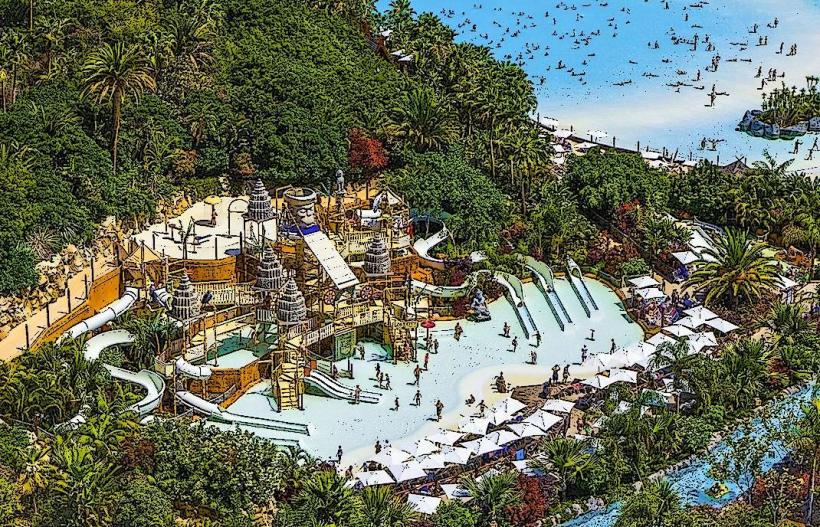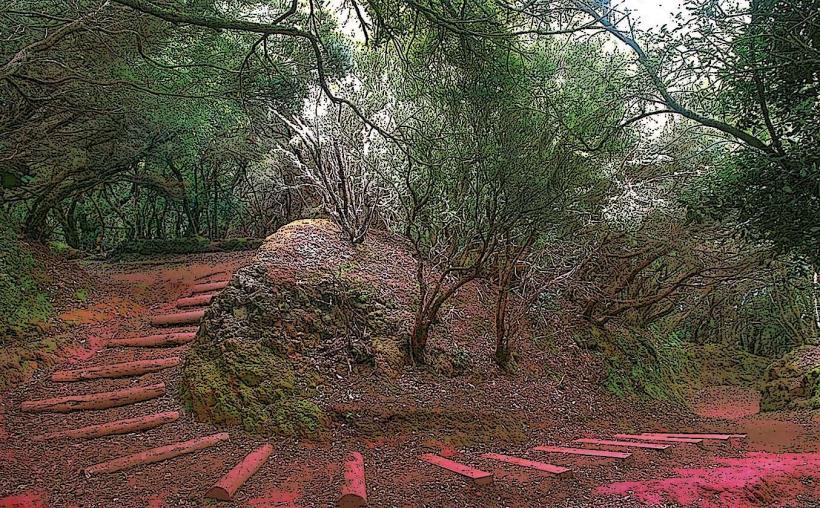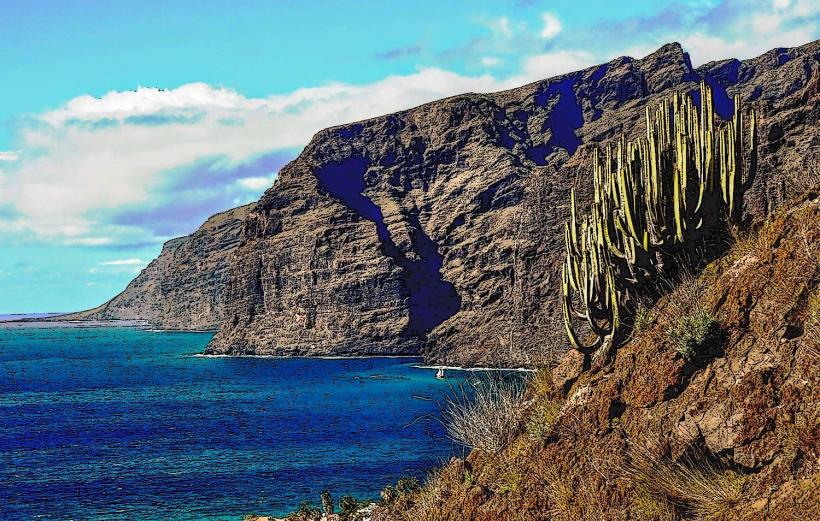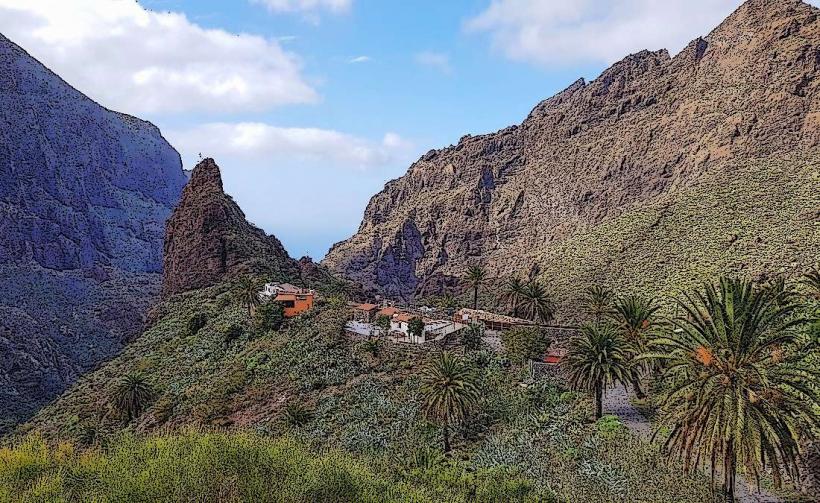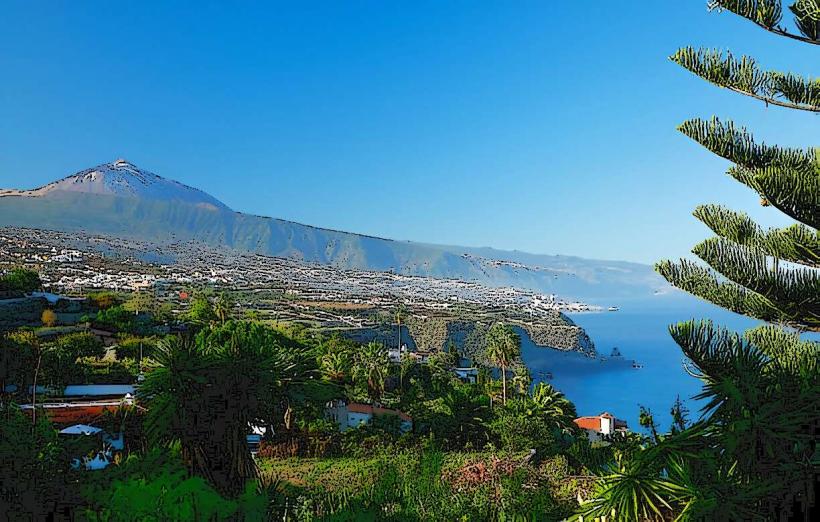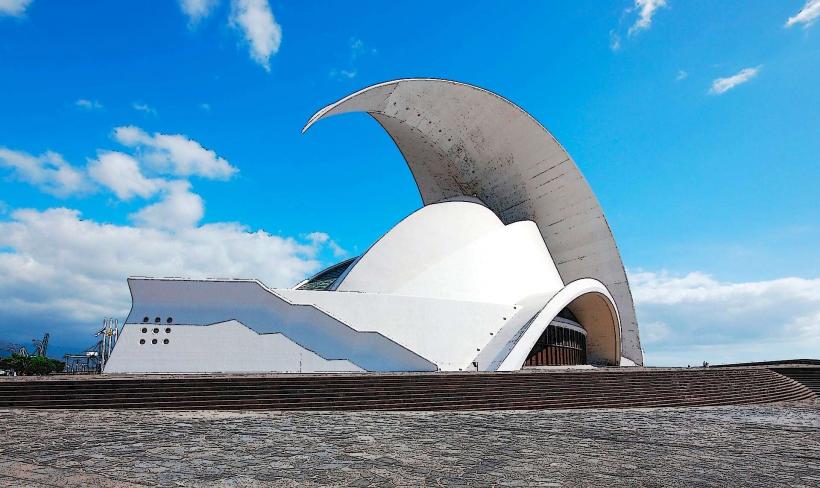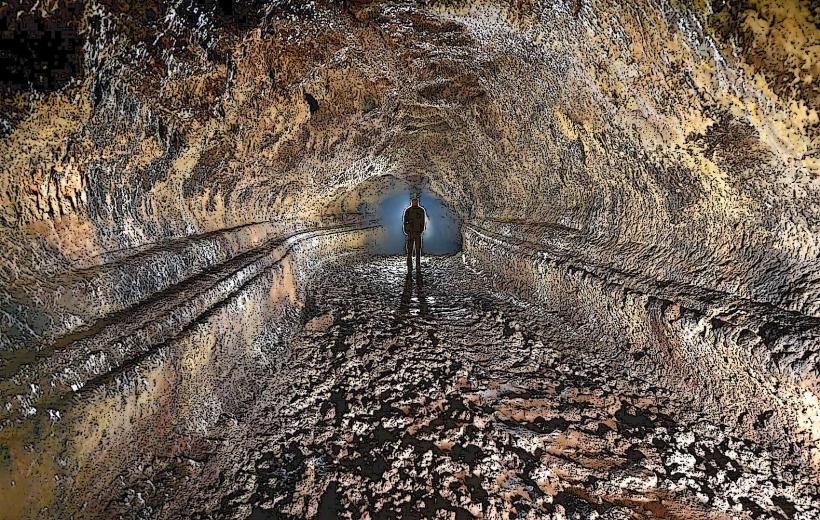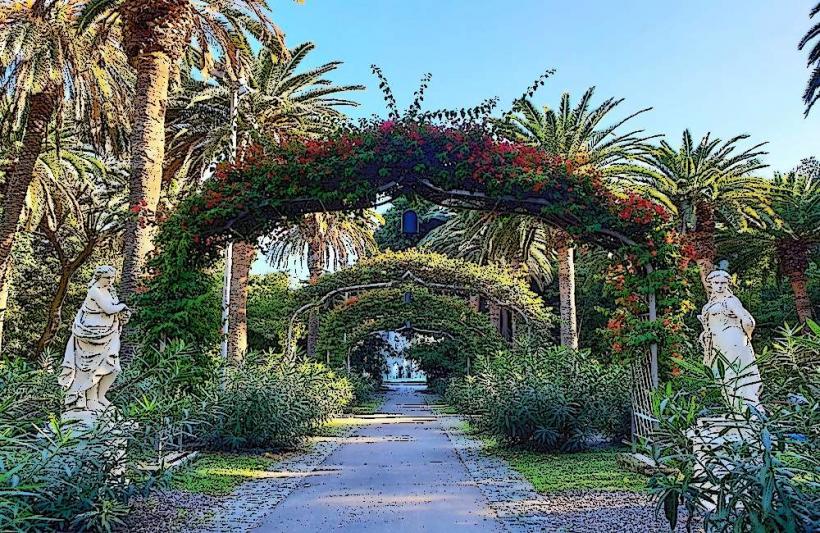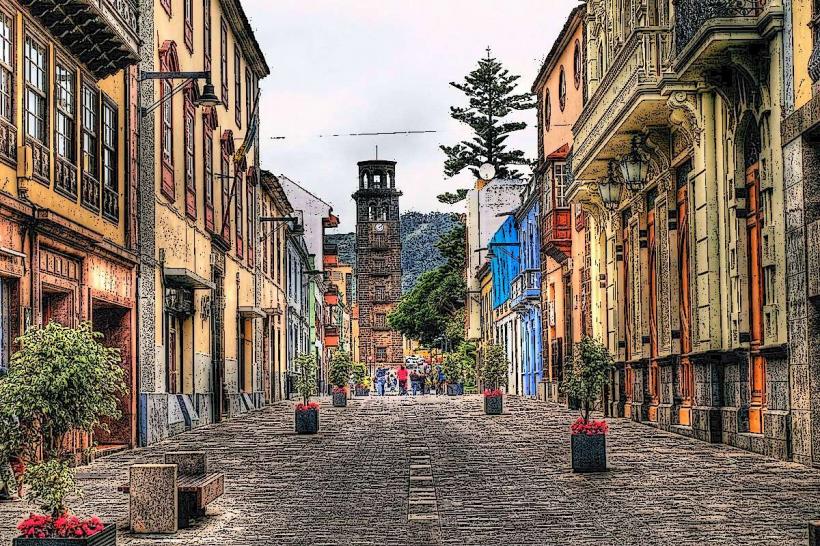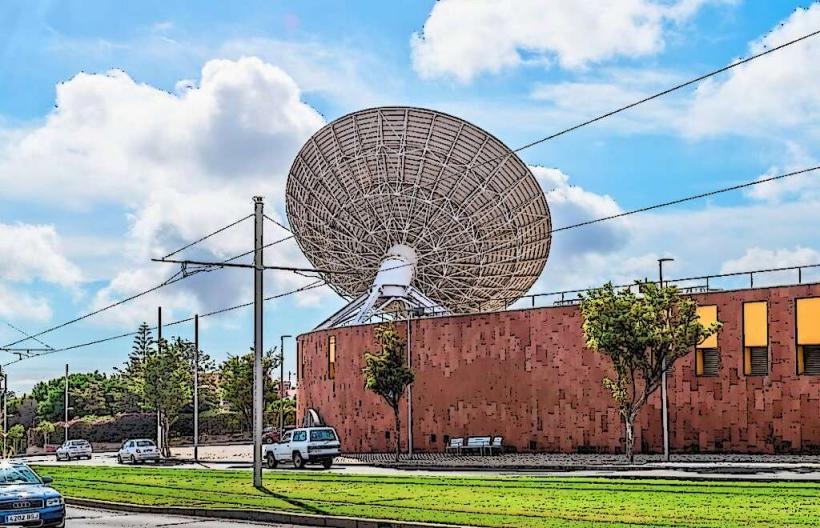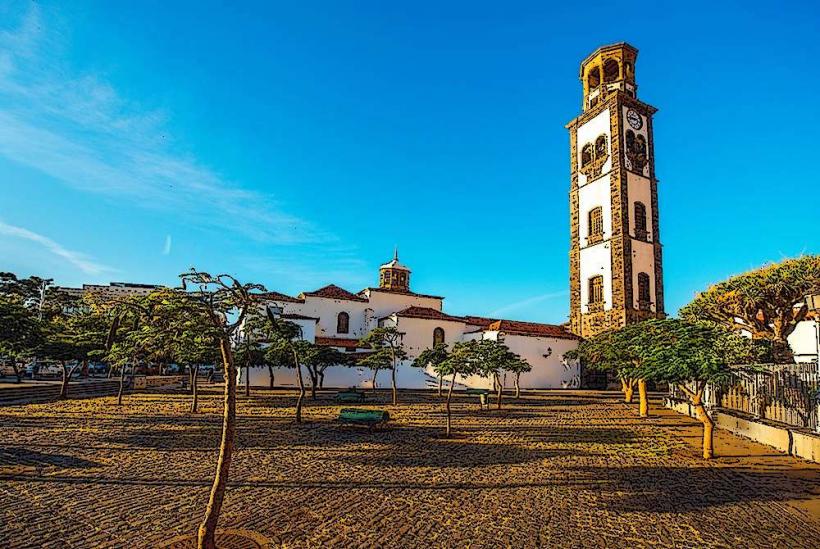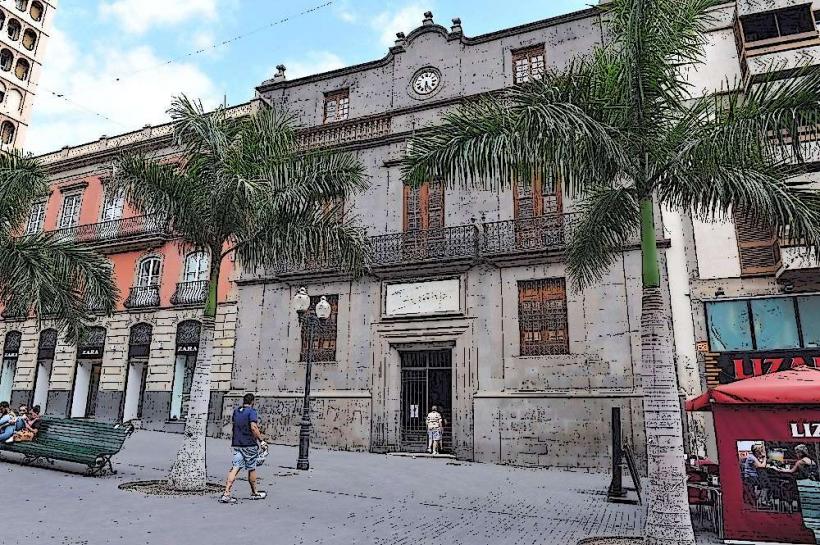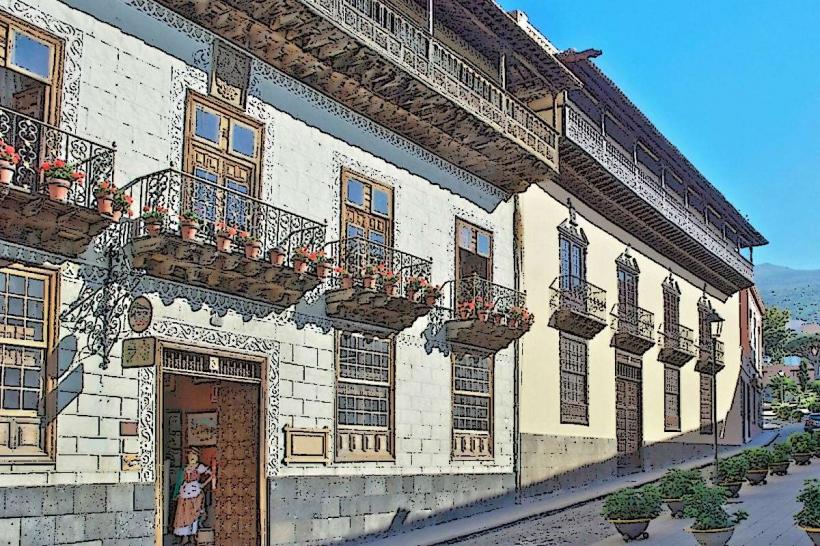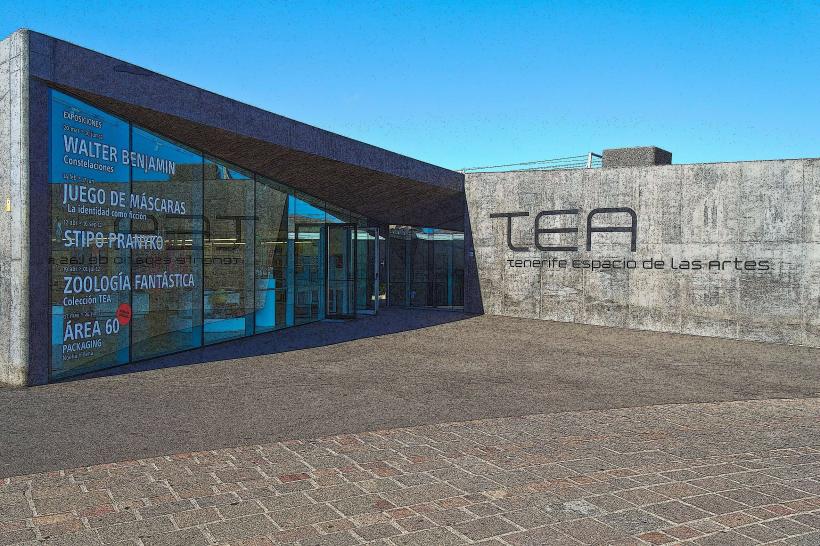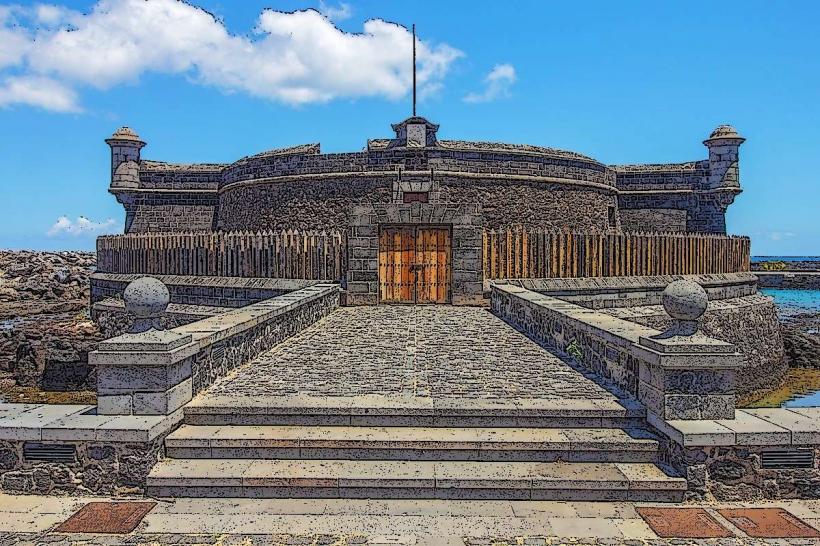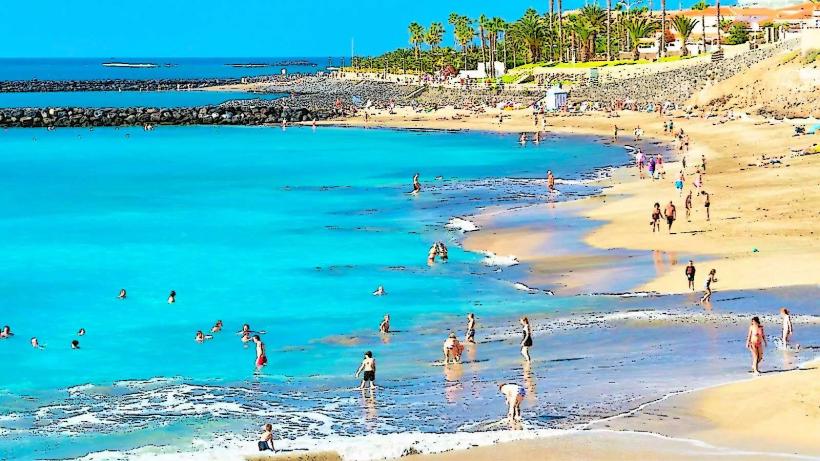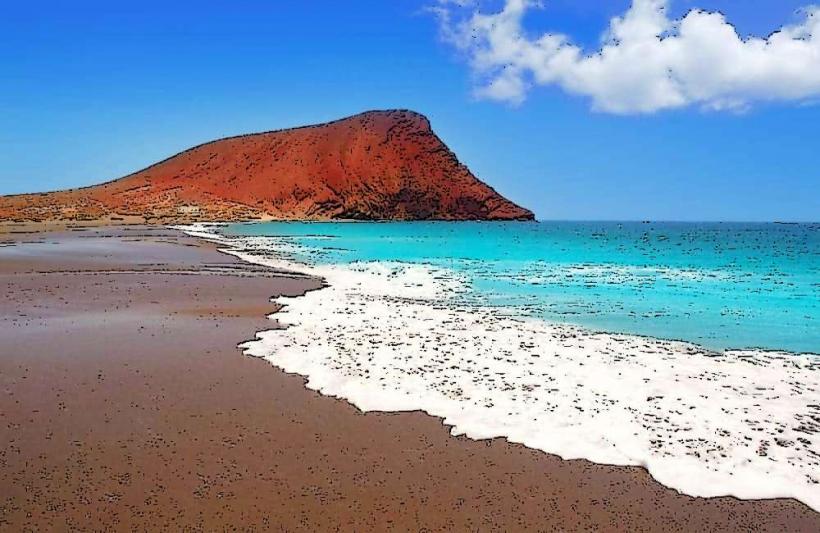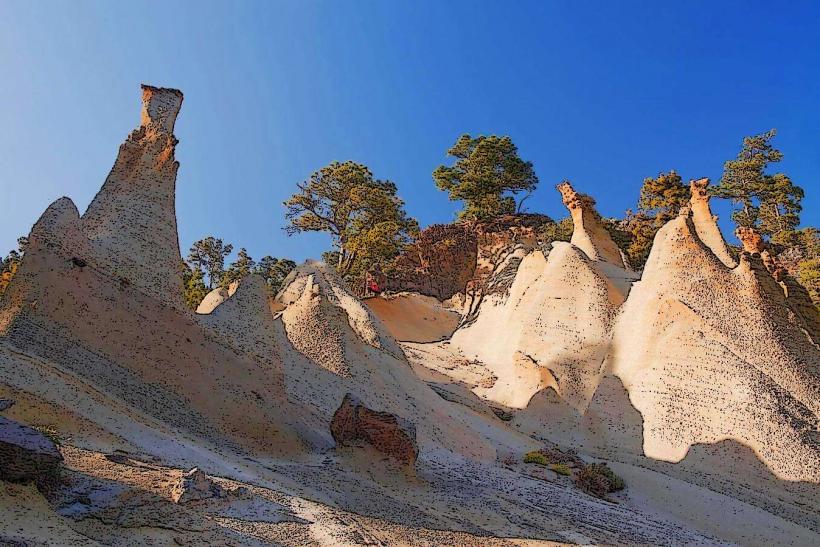Information
Landmark: Parque Nacional de la Corona ForestalCity: Tenerife
Country: Canary Islands
Continent: Europe
Parque Nacional de la Corona Forestal is one of Tenerife's most important and largest natural areas, covering a significant portion of the island's northern and central regions. It is renowned for its rich biodiversity, lush forests, and stunning mountainous landscapes. The park forms an essential part of Tenerife’s protected natural spaces, offering a sanctuary for wildlife and a variety of outdoor activities for visitors.
Key Features of Parque Nacional de la Corona Forestal
Size and Location:
- Area: Covering approximately 46,612 hectares, Parque Nacional de la Corona Forestal is the largest protected natural area in Tenerife.
- Location: The park surrounds the central volcanic massif of Mount Teide, extending from the highlands of the island to the forested areas of the northern slopes. It encompasses part of the Teide National Park and extends to the Anaga Rural Park.
Biodiversity:
- Flora: The park is home to a rich variety of plant species, including Canary Island pine trees (Pinus canariensis), which dominate the forested areas. It also boasts numerous species of laurel forests, ferns, and bushes. The park is especially important for the conservation of endemic species that are native to the Canary Islands.
- Fauna: It provides a habitat for diverse wildlife, including the Canary Island dragon tree, various bird species such as the Berthelot's pipit, blue chaffinch, and Barbary partridge, and a range of reptiles and insects. The park also shelters mammals like the Canary Island squirrel.
- Ecological Importance: Due to its rich and diverse ecosystems, the park is crucial for the conservation of several endemic species, making it an important ecological reserve.
Landscape and Geology:
- The park’s landscape is characterized by lush forests, volcanic craters, ravines, and steep cliffs, which create a rugged and dramatic terrain. The presence of volcanic activity in the past has shaped much of the area’s geography.
- It offers exceptional views of Mount Teide and the surrounding volcanic landscape, as well as panoramic vistas of the island's north and south coasts.
Natural Features
Laurel Forests:
- One of the standout features of the park is its laurel forests (laurisilva), which are dense, misty, and filled with a rich variety of plant life. These forests are relics of the subtropical forests that once covered much of the Canary Islands.
- The combination of cool, moist conditions and the park's elevation creates a habitat where a variety of ferns, mosses, and lichens thrive.
Canary Island Pine Forests:
- The park is largely covered by Canary Island pine forests, which grow in the higher altitudes and have adapted to the island's volcanic environment. These forests are resilient, thriving in poor soil conditions, and help prevent soil erosion on the island.
Volcanic Formations:
- The volcanic history of the region is evident in the landscape, with ancient lava flows, craters, and rock formations scattered across the park. This volcanic terrain is a key element of the park's distinct geography.
Ravines and Gorges:
- The park also features several ravines (barrancos) and gorges, often lined with dense vegetation. These geographical features create deep, lush valleys that offer stunning views and opportunities for hiking.
Activities and Recreation
Hiking and Trails:
- Hiking is one of the most popular activities in the park, with a variety of trails ranging from easy walks to more challenging hikes. The park has well-marked trails that pass through forests, volcanic landscapes, and along cliff edges offering incredible views of the island.
- Popular hiking routes include the La Caldera de las Cañadas and trails leading to the summit of Mount Teide. These hikes give visitors the chance to explore the diverse ecosystems and scenic vistas within the park.
Wildlife Watching:
- Birdwatching is particularly popular in the park, as it is home to several endemic bird species, including the Canary Island blue chaffinch. The park’s variety of ecosystems attracts a wide range of birds, making it an excellent destination for wildlife enthusiasts.
Photography:
- Due to its dramatic landscapes and unique ecosystems, the park is a fantastic location for photographers. The combination of forests, volcanic terrain, and breathtaking views of the surrounding areas provides a rich canvas for capturing the natural beauty of Tenerife.
Nature Tours:
- Several tour operators offer guided tours through the park, providing insights into its geological, botanical, and ecological significance. These tours can be especially helpful for those interested in learning about the island’s unique flora and fauna.
Environmental Protection and Conservation
UNESCO Biosphere Reserve:
- The park is part of the Teide National Park, which has been designated a UNESCO Biosphere Reserve. This status helps to protect the area's unique ecosystems and supports sustainable tourism and conservation efforts.
- As part of the park’s protection, there are restrictions on activities that could damage the environment, ensuring that visitors can enjoy the natural beauty without impacting its delicate balance.
Flora and Fauna Conservation:
- The park is a crucial site for conservation, particularly for the protection of endemic plant species, such as the Canary Island pine and other unique vegetation. Efforts are also made to protect vulnerable animal species, including birds and reptiles, that rely on the park’s ecosystems.
Access and Visitor Information
Getting There:
- The park is accessible from various points in Tenerife, with roads leading to different entry points for hiking and exploration. It can be accessed from La Orotava, El Sauzal, or La Laguna, with the central parts of the park near the Teide National Park.
Visitor Centers:
- The Visitor Center of the Corona Forestal is located near the park’s entrance and offers information about the park’s history, wildlife, and trails. It is an excellent starting point for visitors who want to learn more about the park before heading into the natural areas.
Why Visit Parque Nacional de la Corona Forestal?
- Diverse Ecosystems: The park offers a unique opportunity to experience Tenerife’s diverse ecosystems, from Canary Island pine forests to laurel forests.
- Hiking and Outdoor Adventures: Whether you're an experienced hiker or just looking for a scenic walk, the park’s many trails cater to all levels, providing stunning views and immersion in nature.
- Wildlife and Flora: The park is an excellent place to observe Tenerife's endemic species and appreciate the island’s natural beauty and biodiversity.
- Peaceful Retreat: The park’s remote location, combined with its rich forests and volcanic landscapes, offers a tranquil and peaceful environment away from the busier coastal areas of the island.
Parque Nacional de la Corona Forestal is a must-visit for nature lovers, hikers, and anyone interested in exploring Tenerife's lush forests and volcanic terrain. It provides a unique and immersive way to experience the island’s incredible natural heritage.

